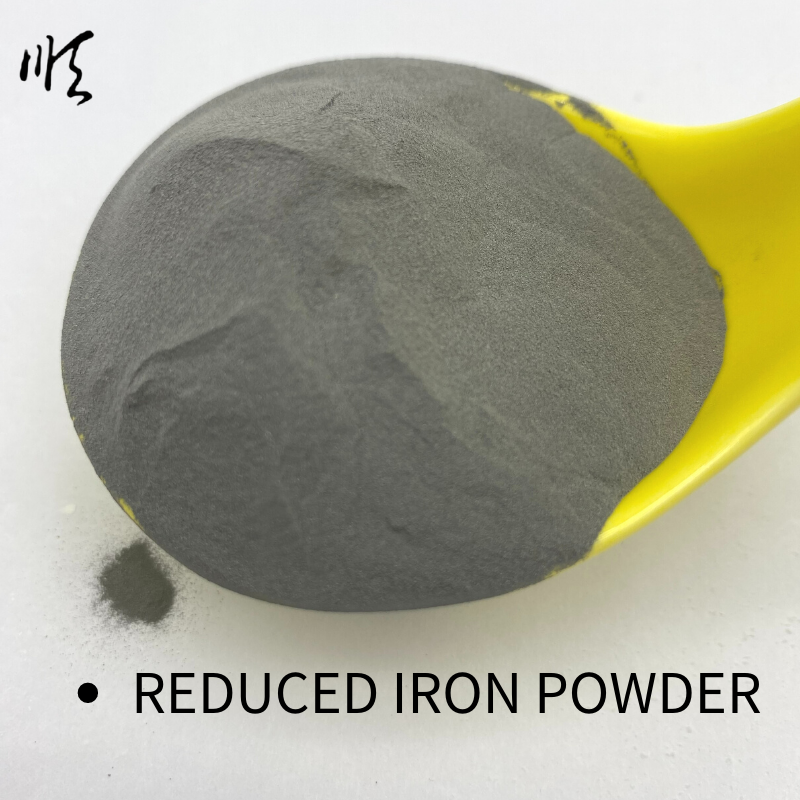
calcium carbonate plus water
The Fascinating Interaction of Calcium Carbonate and Water
Calcium carbonate (CaCO₃) is a ubiquitous compound found in various natural settings, from the formation of chalk hills to the shells of marine organisms. Its interaction with water plays a significant role in numerous environmental, geological, and biochemical processes. Understanding this interaction not only highlights the importance of calcium carbonate in our ecosystems but also its various applications in industries and everyday life.
Calcium Carbonate A Natural Compound
Calcium carbonate naturally occurs in three main forms calcite, aragonite, and vaterite. Each form possesses distinct physical properties and crystallization patterns, affecting their behavior in different environments. For instance, calcite, the most stable form of calcium carbonate, is noted for its rhombohedral crystal structure, while aragonite has orthorhombic crystal structures. The versatility of calcium carbonate makes it a significant player in environmental cycles, particularly in the carbon cycle.
Dissolution in Water
When calcium carbonate comes in contact with water, a noteworthy chemical reaction can occur, especially in the presence of carbon dioxide (CO₂). This reaction leads to the formation of calcium bicarbonate [Ca(HCO₃)₂], a soluble compound. The dissolution can be represented by the equation
\[ \text{CaCO}_3 (s) + \text{H}_2\text{O} (l) + \text{CO}_2 (g) \rightarrow \text{Ca(HCO}_3)_2 (aq) \]
This process is essential in nature, contributing to the formation of caves and the erosion of limestone. As rainwater absorbs CO₂ from the atmosphere and soil, it forms a weak carbonic acid, which then reacts with calcium carbonate in rocks, dissolving it and shaping the landscape over thousands to millions of years.
calcium carbonate plus water

Environmental Impact
The interaction between calcium carbonate and water is vital in maintaining ecological balance. Aquatic environments rely on this reaction for the carbon cycle. For instance, when water saturated with calcium bicarbonate reaches aquatic plants and animals, it supports their growth by providing essential carbonate ions. Organisms like corals and shellfish utilize dissolved calcium and carbonate ions to form their calcium carbonate shells and skeletons, contributing to biodiversity in marine habitats.
Moreover, the increased acidity of ocean waters, primarily due to rising atmospheric CO₂ levels, poses a threat to these ecosystems. This phenomenon, known as ocean acidification, occurs when excess CO₂ dissolves in seawater, forming carbonic acid. As a result, the availability of carbonate ions decreases, making it more challenging for marine organisms to maintain their calcium carbonate structures. This disruption highlights the importance of calcium carbonate in maintaining the health of marine ecosystems.
Industrial Applications
Beyond natural processes, calcium carbonate's interaction with water has immense industrial significance. It is a critical ingredient in the production of various products, from pharmaceuticals to agriculture. In the construction industry, lime, produced by heating calcium carbonate, undergoes a reaction with water to produce calcium hydroxide, a key ingredient in making mortar and cement.
In the agricultural sector, calcium carbonate is used as a soil amendment to correct acidity levels. When applied to acidic soils, it reacts with water and soil acids, enhancing nutrient availability and promoting healthier crop growth. Additionally, calcium carbonate plays a role in the production of water treatment chemicals, helping to remove hardness and impart clarity to water.
Conclusion
The interaction of calcium carbonate and water is far from simple; it encompasses intricate chemical processes that hold substantial environmental and industrial significance. From shaping our landscapes and supporting marine life to contributing to essential industrial processes, calcium carbonate serves as a testament to the power of natural compounds. Understanding these interactions enriches our comprehension of both ecological systems and practical applications, emphasizing the need for sustainable practices that protect our vital resources. As we continue to explore and utilize calcium carbonate, recognizing its multifaceted role underscores the connection between nature and human endeavors, encouraging a more harmonious coexistence with our environment.
Share
-
Premium Glass Sand Solutions | High Purity SupplyNewsAug.03,2025
-
Premium Talcum Powder Enhanced with GPT-4 Turbo | Soft & Long-LastingNewsAug.02,2025
-
Fly Ash Solutions Enhanced by GPT-4 Turbo | Sustainable InnovationNewsAug.01,2025
-
Natural Premium Bentonite Cat Litter - Superior ClumpingNewsJul.31,2025
-
Premium Resin Coated Sand - High Heat Resistance CastingNewsJul.31,2025
-
High Quality Silicon Carbide Grit for Abrasive ApplicationsNewsJul.30,2025






